Welcome, fellow adventurers and nature enthusiasts! I’m Alex Carter, and I’m thrilled to be your guide through the breathtaking landscapes of Bryce Canyon, a place I fondly call the heart of the American Southwest’s rugged beauty. Our journey today revolves around the most mesmerizing inhabitants of this natural wonder: the hoodoos. These towering spires of rock, shaped by the hands of time and the forces of nature, stand as silent sentinels, guarding the secrets of millennia. As we explore the hoodoos together, I invite you to immerse yourself in their story, one that I’ve had the privilege to learn and love through countless sunrises and sunsets.
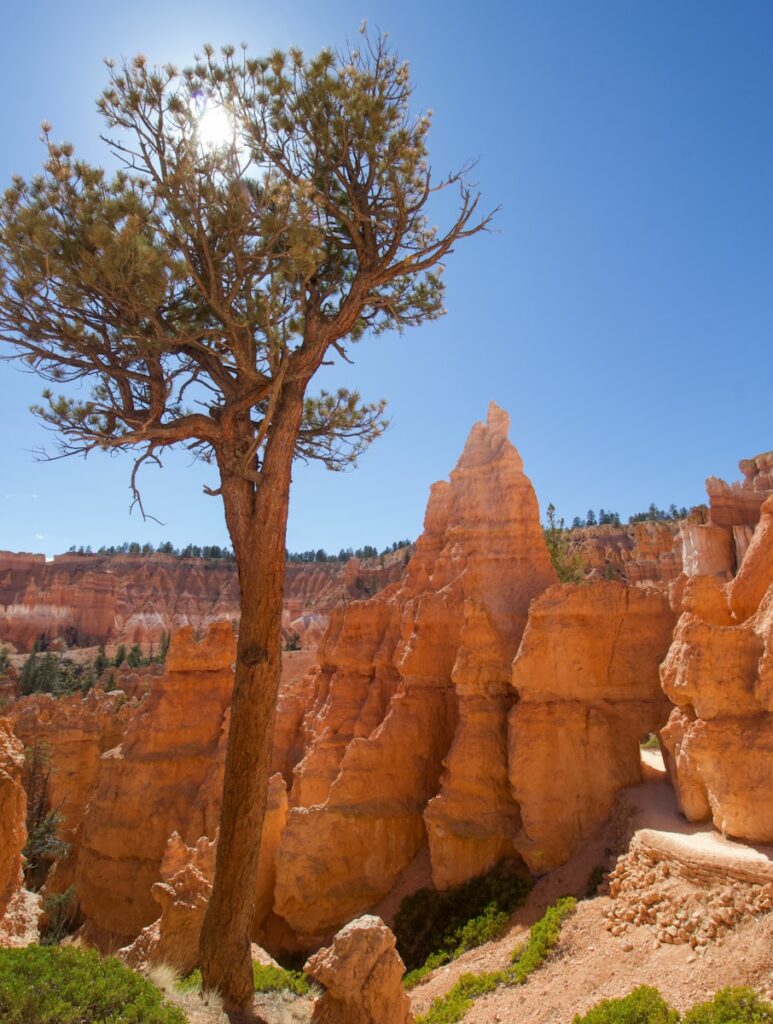
My first encounter with Bryce Canyon’s hoodoos was nothing short of magical. As the early morning light crept over the horizon, it painted the amphitheater of stone with hues of orange, red, and gold. Each hoodoo, with its unique shape and stature, seemed to come alive, whispering stories of ancient times and natural forces at work. It was in this moment, amidst the silent choir of stone, that my passion for sharing the wonders of Bryce Canyon was ignited.
Hoodoos, the term itself evokes curiosity and wonder. These natural pillars of rock, carved over eons, are more than just geological formations. They are the heart and soul of Bryce Canyon, embodying the relentless creativity of nature. The process that shapes these hoodoos is a fascinating tale of freeze-thaw cycles, erosion, and the unyielding forces of water and ice, working in concert to sculpt the landscape into a masterpiece of natural art.
Bryce Canyon is not just a national park; it’s a living museum, showcasing the delicate balance of destruction and creation that shapes our world. The hoodoos are the star exhibits in this museum, each one telling a unique story of resilience and transformation. As we delve deeper into their world, we’ll uncover the secrets of their formation, the best trails to witness their grandeur, and the importance of preserving their fragile beauty for future generations to marvel at.
Exploring the hoodoos of Bryce Canyon is more than just a journey through a stunning landscape; it’s an opportunity to connect with the earth’s deep history and witness the ongoing story of our planet’s evolution. So, lace up your hiking boots, grab your camera, and join me on this unforgettable adventure through the heart of Bryce Canyon. Together, we’ll discover the magic of the hoodoos, those magnificent natural sculptures that stand as a testament to the power and beauty of the natural world.
What are Hoodoos?
Hoodoos: a term as mystical as the formations it describes. These natural pillars of rock, found in abundance in Bryce Canyon, are more than just a spectacle for the eyes; they are a geological puzzle that took millions of years to piece together. Each hoodoo is a natural monument, standing tall against the backdrop of Bryce Canyon’s expansive vistas, a testament to the unique and relentless forces of nature that shape our world.
But what exactly are hoodoos, and how do they come to be? At their core, hoodoos are spire-like rock formations that rise from the bottom of arid basins and broken lands. They are the result of erosion-resistant rock sitting atop softer sedimentary layers. Over time, the forces of water, ice, and gravity wear away the softer rock, leaving the harder capstone precariously perched atop a slender pillar. This natural sculpting process is both delicate and dramatic, a balance of creation and destruction that plays out over millennia.
Bryce Canyon, renowned for its extensive collection of hoodoos, presents an otherworldly landscape that seems to defy the laws of nature. The park’s high plateau provides the perfect conditions for the formation of hoodoos, with its unique combination of high elevation, ample precipitation, and rapid temperature fluctuations. These elements work in concert to accelerate the erosion process, carving the limestone, dolomite, and mudstones into the fantastical shapes we see today.
The formation of hoodoos is a captivating story of geological evolution. It begins with the deposition of sediments, layers upon layers of ancient lakes and streams, compressed over time into solid rock. Then, the relentless forces of erosion take center stage, sculpting these layers into the intricate pillars we admire. The process is cyclical and ongoing; even as we marvel at these formations, they continue to change, albeit at a pace far slower than human perception.
Exploring the hoodoos of Bryce Canyon offers a glimpse into Earth’s dynamic history. Each hoodoo tells a story of its own, a narrative of survival against the elements, standing as a natural monument to the enduring power of our planet’s creative forces. As we wander among these natural towers, we’re not just walking through a landscape; we’re traversing through time, witnessing the Earth’s artistry in its most raw and beautiful form.
The allure of the hoodoos lies not just in their striking appearance but in their ability to inspire wonder and curiosity. They challenge us to think about the world beneath our feet, to consider the slow yet relentless pace of geological time, and to reflect on our place within this vast, ancient landscape. As we delve deeper into the heart of Bryce Canyon, let the hoodoos be your guide, leading you through a land sculpted by the hands of time, where every rock tells a tale of Earth’s magnificent, ever-changing canvas.

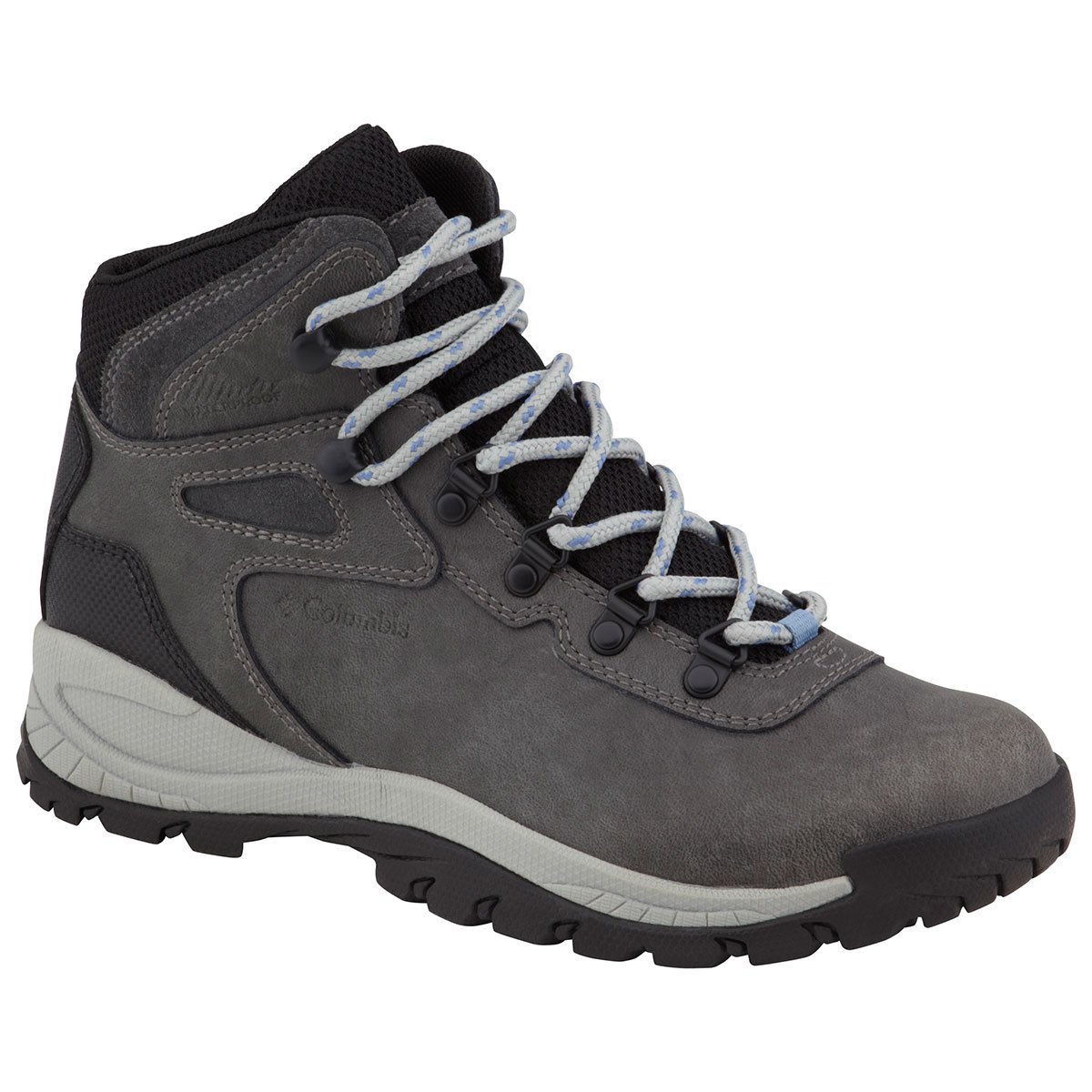

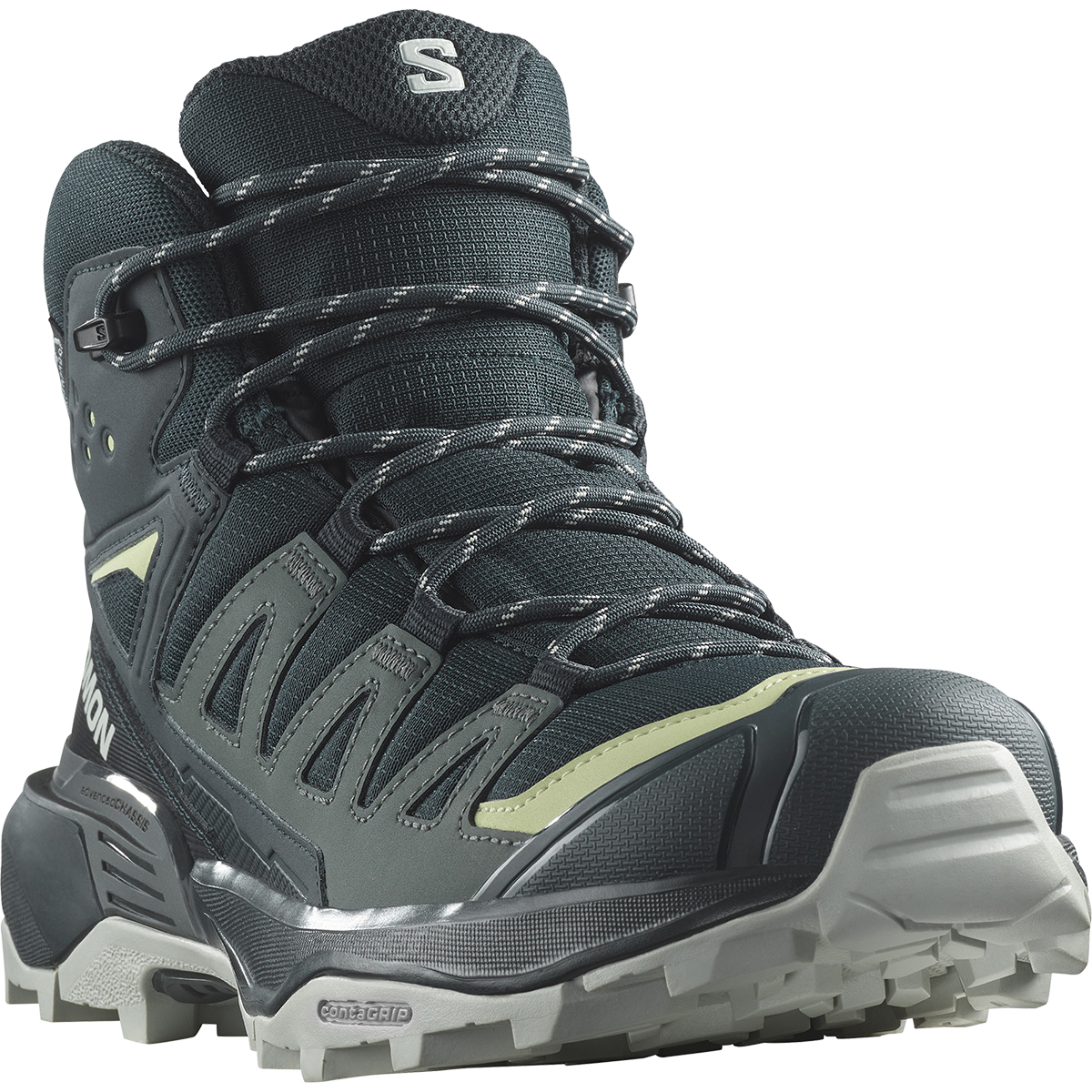

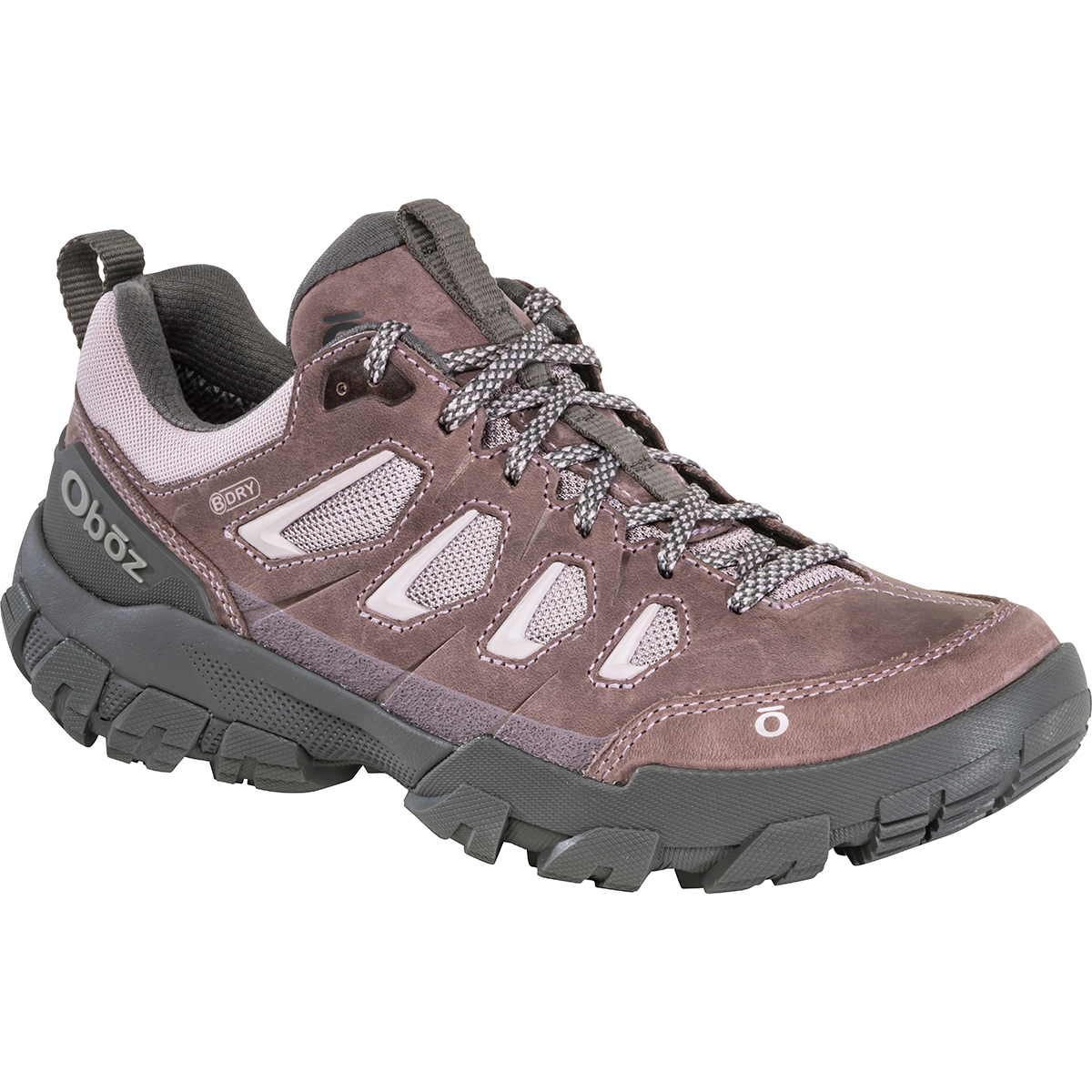
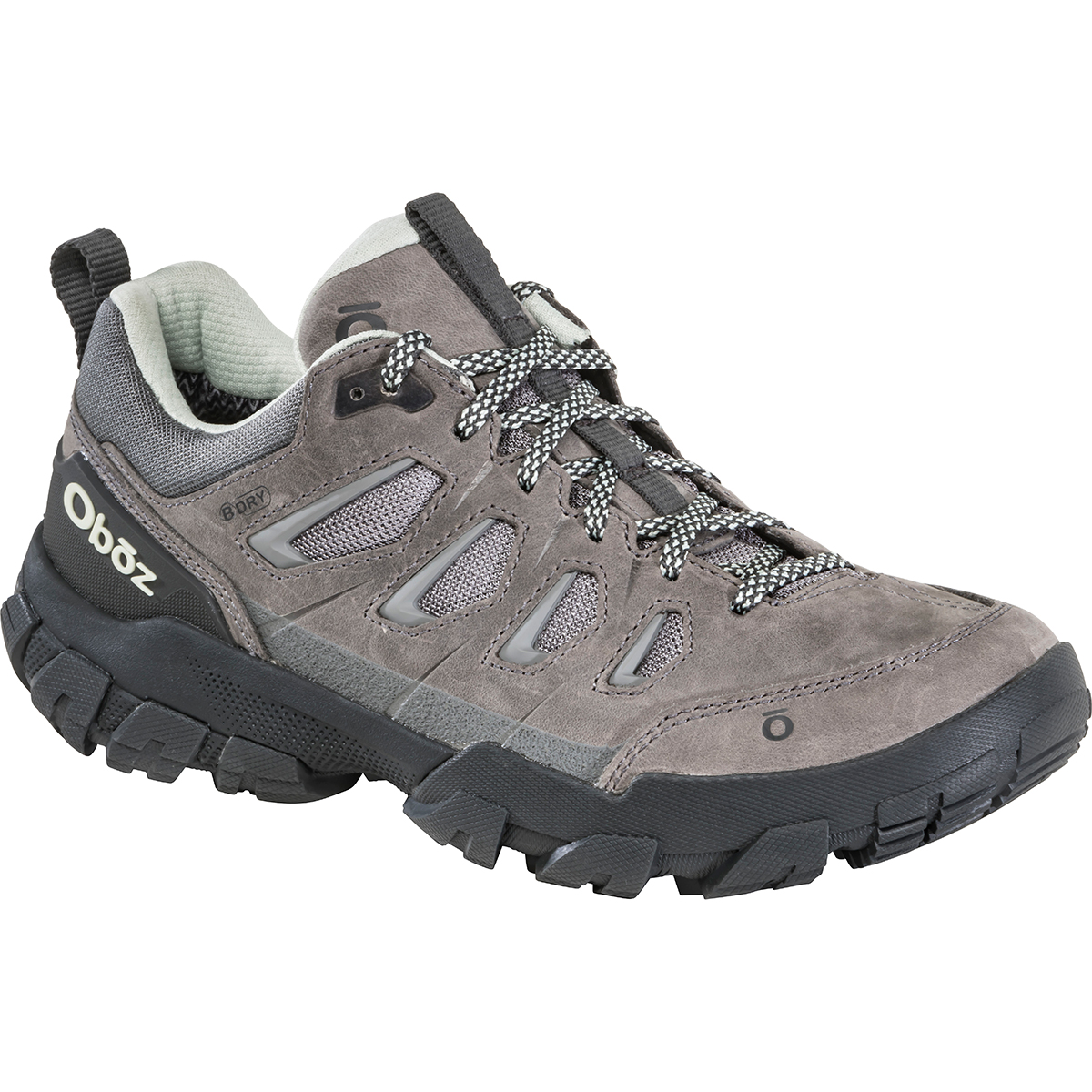
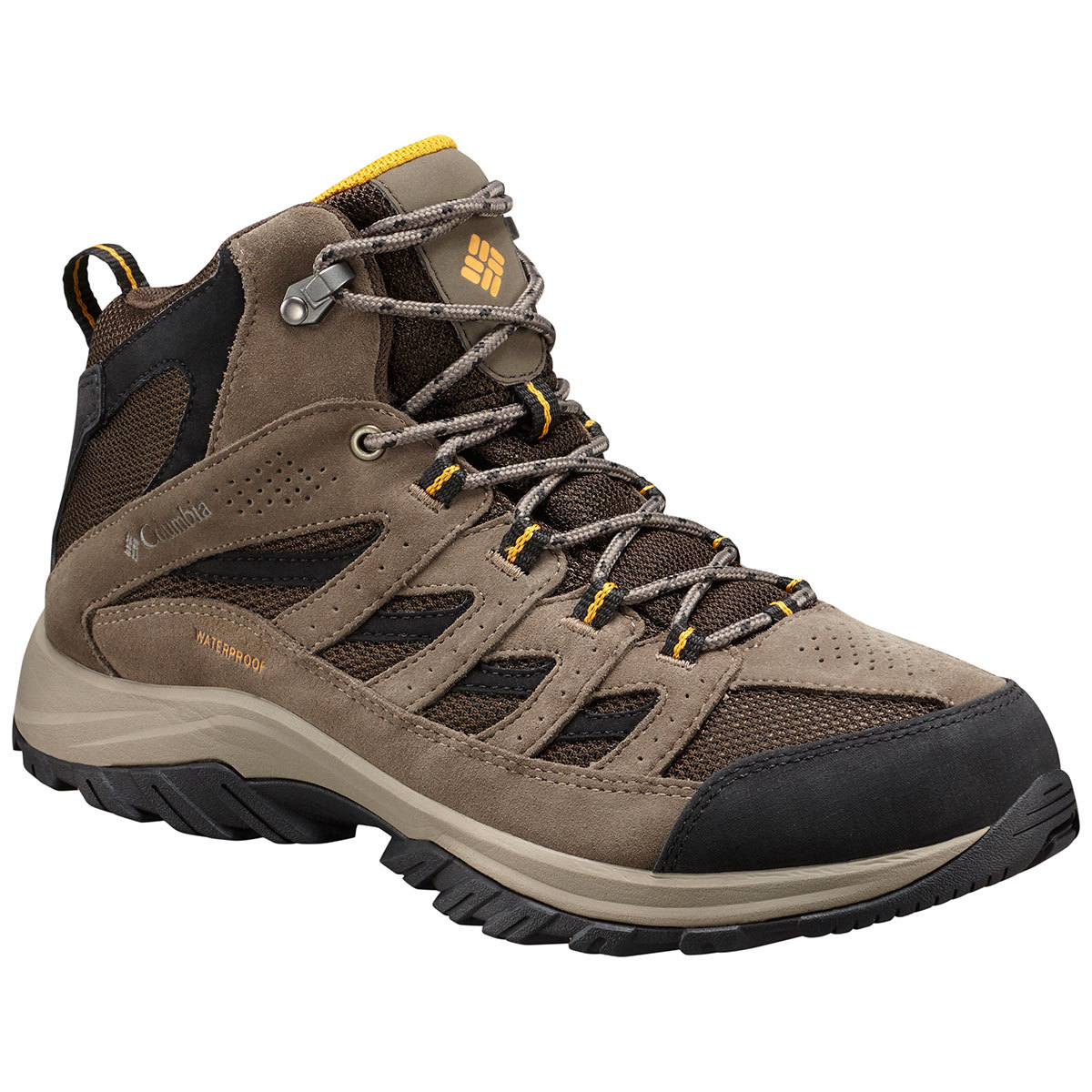


The Making of Bryce Canyon’s Landscape
Bryce Canyon’s landscape is a grand tapestry woven from the threads of geological time, climatic forces, and the relentless process of erosion. This high-altitude wonderland, home to the largest collection of hoodoos on Earth, serves as a testament to the natural world’s ability to create awe-inspiring beauty from the raw materials of rock and time. Exploring the hoodoos within this park offers us a window into the deep past, revealing the forces that shaped this unique environment.
The story of Bryce Canyon’s landscape begins over 50 million years ago, during a period known as the Cenozoic era. The area was once a vast lake system, where layers of sediment—deposited by water, wind, and time—gradually solidified into limestone, siltstone, dolomite, and mudstone. These sedimentary rocks, each with different resistance to erosion, laid the foundation for the intricate sculptures we see today. The hoodoos, those towering spires of rock, are the dramatic result of these varying erosion rates, sculpted by the hands of natural forces.
Climate plays a pivotal role in the formation of Bryce Canyon’s hoodoos. The park’s unique position at the top of the Grand Staircase-Escalante, coupled with its elevation ranging from 8,000 to 9,000 feet, creates a climate that is both arid and subject to drastic temperature swings. These conditions are perfect for the freeze-thaw cycle, a critical process in hoodoo formation. Water seeps into cracks during the day, freezes at night, and expands, gradually prying the rock apart. This cycle, repeated thousands of times over centuries, chips away at the stone, sculpting the park’s fantastical spires.
Erosion, the central theme in the tale of Bryce Canyon, acts as both destroyer and creator. Rainwater, acidic from absorbed carbon dioxide, slowly dissolves the limestone, carving intricate patterns and widening existing fractures. The relentless force of gravity pulls loosened rock downward, further shaping the landscape. Over time, these processes have carved the amphitheaters and canyons that cradle the park’s famed hoodoos, creating a landscape that is in constant flux, ever-changing yet timeless in its beauty.
The hoodoos of Bryce Canyon stand as silent witnesses to this ongoing process of creation and destruction. Each spire, with its unique shape, tells a part of the story of Bryce Canyon’s evolution. From the Thor’s Hammer to the Silent City, these formations are named for their resemblance to objects, animals, or people, a testament to the human tendency to find familiarity in the natural world’s chaos.
Exploring the hoodoos and the landscape of Bryce Canyon is an exercise in imagination and wonder. As we wander among these natural towers, we’re reminded of the Earth’s dynamic nature, of its ability to create art from the mundane. The park’s landscape, with its vivid colors, dramatic vistas, and silent spires, serves as a canvas for the natural world, a place where the forces of erosion and time paint a masterpiece that is ever evolving.
In understanding the making of Bryce Canyon’s landscape, we gain a deeper appreciation for the hoodoos and the natural processes that sculpt them. This knowledge enriches our experience of the park, turning a simple visit into a journey through time, where every rock formation tells a story of Earth’s grandeur and the subtle yet powerful forces that shape our world.
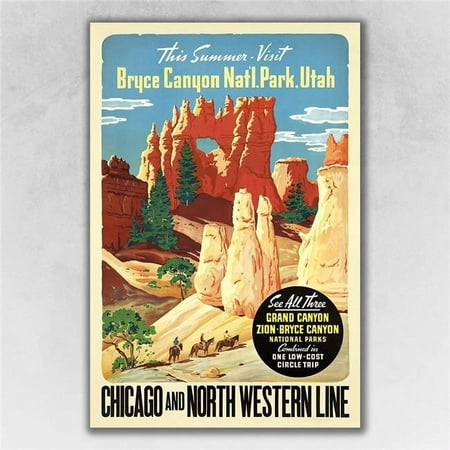
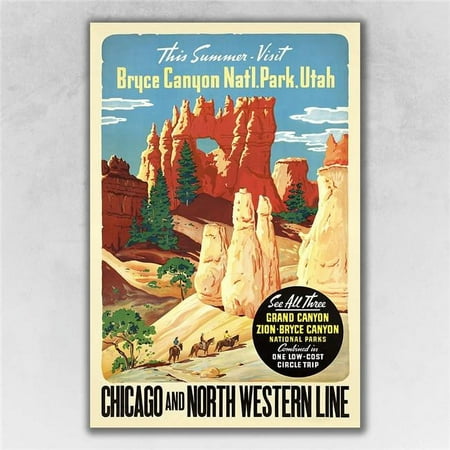








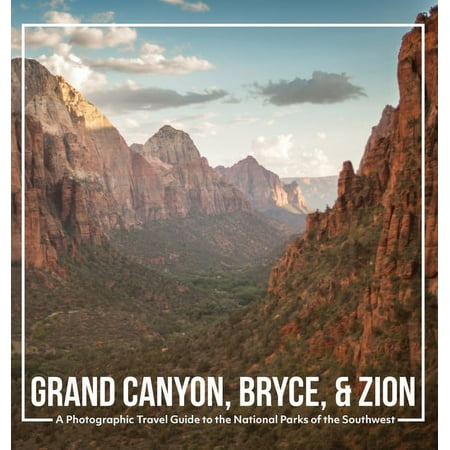

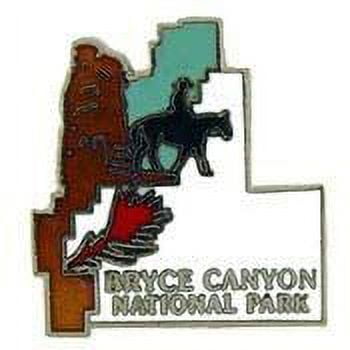


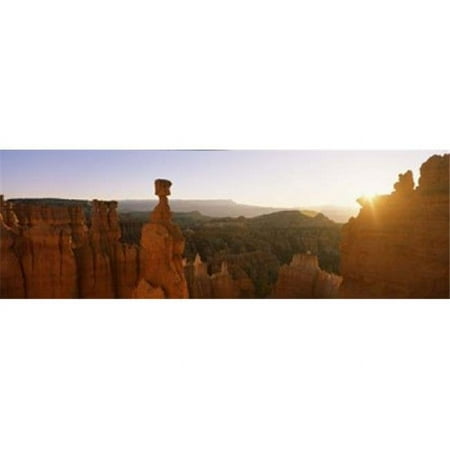




Where to Find the Best Hoodoos in Bryce Canyon
Bryce Canyon National Park is a treasure trove of geological wonders, with its landscape dominated by the largest collection of hoodoos in the world. These natural spires create a maze of amphitheaters and canyons that dazzle visitors with their otherworldly beauty. For those venturing into this remarkable park with the aim of exploring the hoodoos, there are specific trails and viewpoints that offer the most striking views and intimate encounters with these stone pillars. Each path tells a different story, each viewpoint offers a unique perspective, allowing us to connect with the park in personal and profound ways.
One of the most iconic and accessible spots to witness the grandeur of Bryce Canyon’s hoodoos is Bryce Point. Known for its panoramic views, Bryce Point offers a breathtaking perspective on the amphitheater below, where a sea of hoodoos stretches towards the horizon. The play of light and shadow at sunrise or sunset here paints the landscape in hues of orange, red, and pink, highlighting the intricate details of the hoodoos and providing an unforgettable visual experience.
For those eager to immerse themselves among the hoodoos, the Navajo Loop Trail is an excellent choice. Starting from Sunset Point and descending into the amphitheater, this trail winds through the heart of the hoodoo formations, including the famous Thor’s Hammer. The proximity to the hoodoos along this trail offers a unique opportunity to appreciate their scale and the intricate patterns of erosion that define them. The trail’s moderate difficulty makes it accessible to most visitors, providing a close-up experience of exploring the hoodoos.
Another must-visit trail for hoodoo enthusiasts is the Peek-A-Boo Loop. Starting from Bryce Point, this trail delves deeper into the park’s backcountry, offering a more secluded and intimate encounter with the hoodoos. The loop takes hikers through a series of natural windows, arches, and narrow canyons, each framing the hoodoos in a new light and revealing details that are easily missed from afar.
For those looking for a less strenuous way to explore the hoodoos, the Rim Trail offers a more leisurely experience. Stretching from Fairyland Point to Bryce Point, this trail follows the edge of the amphitheater, providing continuous views of the hoodoos below. The trail’s accessibility and the option to tackle shorter segments make it an excellent choice for families and those with limited mobility.
When exploring the hoodoos of Bryce Canyon, it’s essential to remember the fragility of this landscape. Staying on designated trails and viewpoints not only ensures your safety but also helps preserve the park’s delicate ecosystem. Each step taken in this majestic park should be done with respect for the natural beauty that surrounds us.
As we journey through Bryce Canyon, exploring its hoodoos from various vantage points, we’re reminded of the power of nature to sculpt landscapes that touch our hearts and ignite our imaginations. Whether standing atop a viewpoint, marveling at the expansive views, or wandering among the hoodoos, feeling their towering presence, Bryce Canyon offers a profound connection to the natural world that is both humbling and exhilarating. So, lace up your hiking boots, pack your water and snacks, and prepare for an adventure that will take you through the heart of one of nature’s most magnificent creations.
The Hoodoos Through the Seasons
Bryce Canyon National Park is a dynamic landscape, ever-changing and ever-mesmerizing, with its famed hoodoos casting shadows that dance with the passing of time and seasons. Exploring the hoodoos is not just a journey through space but also through time, as each season dresses the park in a different palette, revealing new facets of its beauty. The way the hoodoos interact with the elements throughout the year offers a fresh perspective with each visit, making Bryce Canyon a destination that calls to be revisited, each time telling a new story.
Spring in Bryce Canyon is a season of renewal and awakening. As the snow melts, it nourishes the land, and wildflowers begin to dot the landscape, adding splashes of color against the red and orange backdrop of the hoodoos. The melting snow also plays a crucial role in the ongoing sculpting of the hoodoos, as the freeze-thaw cycle is most active during this time. Exploring the hoodoos in spring offers the chance to witness the park’s rebirth, with cooler temperatures and fewer crowds, providing a more intimate experience with nature.
Summer brings a full bloom of life to Bryce Canyon, with clear blue skies and longer days offering ample time for exploring the hoodoos. The sun casts sharp contrasts on the formations, highlighting their intricate erosional features. Summer storms, though brief, can add a dramatic backdrop to the hoodoos, with lightning strikes illuminating the sky and rainbows arching over the amphitheaters. Hiking among the hoodoos in summer requires preparation for the heat and sun, but the reward is the vibrant life that thrives in this season, from blooming flora to active fauna.
Autumn in Bryce Canyon is a spectacle of color, with the park’s vegetation turning shades of yellow, orange, and red, mirroring the hues of the hoodoos themselves. The cooler temperatures and crisp air enhance the hiking experience, allowing for longer explorations among the stone spires. The low angle of the sun bathes the hoodoos in a soft, warm light, perfect for photography and painting a serene picture of the park. Autumn also brings a sense of tranquility to Bryce Canyon, as the summer crowds dissipate, offering a more peaceful exploration of the hoodoos.
Winter transforms Bryce Canyon into a silent, snow-covered wonderland, with the hoodoos standing as stark contrasts against the white blanket that covers the ground. The snow accentuates the shapes and textures of the hoodoos, offering a new perspective on their form and beauty. Exploring the hoodoos in winter is a magical experience, with the crisp air and the muffled sound of snow underfoot creating a serene atmosphere. Snowshoeing and cross-country skiing become popular activities, allowing visitors to traverse the park in ways not possible in other seasons.
Each season in Bryce Canyon brings its unique charm, altering the landscape and offering new ways to explore the hoodoos. The changing seasons remind us of the constant evolution of this natural wonder, inviting us to return and experience the hoodoos’ timeless beauty anew. Whether basking in the summer sun, wandering among the spring wildflowers, admiring the autumn colors, or walking in a winter wonderland, Bryce Canyon and its hoodoos stand as a testament to the enduring beauty of nature, ever-changing yet eternally captivating.
Hoodoos at Night: Stargazing Amongst Giants
The experience of exploring the hoodoos of Bryce Canyon takes on an entirely new dimension under the cover of night. As the sun dips below the horizon and the stars begin to dot the vast canvas of the sky, the hoodoos transform from striking geological formations into silhouetted guardians of the night. Stargazing amongst these towering spires offers an unparalleled experience, where the vastness of the universe meets the majesty of the Earth’s natural sculptures. Bryce Canyon, with its high elevation and remote location, boasts some of the darkest night skies in the United States, making it an ideal destination for astronomers and night-sky enthusiasts alike.
The park’s commitment to preserving these dark skies is evident in its designation as an International Dark Sky Park. This recognition underscores the exceptional quality of Bryce Canyon’s night skies and the park’s dedication to minimizing light pollution. Exploring the hoodoos under the night sky is not just about witnessing the stars; it’s about connecting with the natural world in its most primal state, where light and shadow play in the silence of the night.
Stargazing events and night sky programs are a staple in Bryce Canyon, offering visitors the chance to explore the cosmos with the guidance of knowledgeable rangers and astronomers. These programs often include telescope viewings, where the rings of Saturn, the moons of Jupiter, and distant galaxies become visible, bridging the gap between the Earth’s geological wonders and the celestial bodies above.
Photographing the hoodoos under the night sky is a favorite activity for many visitors. The contrast between the dark silhouettes of the hoodoos and the Milky Way’s shimmering arc creates a surreal landscape, perfect for capturing the magic of Bryce Canyon at night. The challenge of night photography adds to the adventure, requiring patience and skill to encapsulate the awe-inspiring beauty of the stars mingling with the ancient spires.
The experience of exploring the hoodoos at night also offers a moment of introspection. In the quiet of the night, surrounded by the timeless formations and the endless stars, one can’t help but ponder the vastness of time and space. The hoodoos, standing for millions of years, bear witness to the slow dance of the cosmos, reminding us of our fleeting presence in this grand universe.
For those planning to explore the hoodoos at night, preparation is key. Warm clothing, red-light flashlights to preserve night vision, and a sense of adventure are essential. The park’s high altitude can make nights chilly, even in summer, so dressing in layers is advisable. Additionally, familiarizing oneself with the night sky, either through apps or star charts, can enhance the stargazing experience, making the connection between the Earth and the stars even more profound.
Exploring the hoodoos of Bryce Canyon under the starlit sky is an experience that transcends mere sightseeing. It’s an opportunity to connect with the ancient past, witness the grandeur of the present, and dream of the boundless future. As the night envelops the park, the hoodoos stand as silent sentinels, reminding us of the beauty and mystery that unfolds when day turns to night, and the stars take center stage in the natural amphitheater of Bryce Canyon.
Preserving the Magic: Conservation Efforts and How You Can Help
Bryce Canyon’s landscape, with its awe-inspiring hoodoos and breathtaking vistas, is a testament to the natural world’s beauty and complexity. However, this unique ecosystem, like many others across the globe, faces challenges that threaten its preservation for future generations. Exploring the hoodoos is not only an opportunity to marvel at their beauty but also a moment to reflect on our responsibility towards protecting these natural wonders. The park’s conservation efforts aim to mitigate human impact, preserve its natural and cultural resources, and maintain the integrity of this extraordinary landscape.
The delicate balance of Bryce Canyon’s ecosystem is influenced by various factors, including climate change, increased visitation, and the inevitable wear and tear that comes with both. The hoodoos themselves, while seemingly timeless, are subject to the same natural erosional processes that created them. This natural cycle is exacerbated by human
activity, making conservation efforts crucial in ensuring that these formations remain a source of wonder and inspiration.
One of the key conservation strategies in place at Bryce Canyon involves managing visitor impact. With millions of people exploring the hoodoos each year, the park has implemented measures to reduce erosion and habitat disruption. This includes the maintenance of designated trails and viewpoints, the implementation of boardwalks and barriers in sensitive areas, and the enforcement of strict no-trace principles. These measures ensure that while visitors can enjoy the park’s beauty, their presence does not contribute to its degradation.
Education plays a vital role in the park’s conservation efforts. By informing visitors about the fragile nature of the hoodoos and the broader ecosystem, the park fosters a sense of stewardship among those who walk its trails. Ranger-led programs, informational signage, and visitor centers all contribute to this educational mission, highlighting the importance of conservation and the role each visitor plays in preserving Bryce Canyon’s natural beauty.
Volunteer programs and citizen science projects offer hands-on opportunities for visitors to contribute to the park’s conservation. These initiatives not only aid in the preservation of the park but also deepen the visitor’s connection to the landscape, making the experience of exploring the hoodoos more meaningful and personal.
The challenge of preserving Bryce Canyon’s hoodoos and its surrounding landscape is ongoing and multifaceted. Climate change poses a significant threat, with increasing temperatures and changing precipitation patterns affecting the park’s delicate ecosystem. The park’s conservation efforts are therefore not static but adapt to the evolving challenges posed by environmental change, ensuring that the strategies in place are effective in safeguarding the park’s natural treasures.
As individuals exploring the hoodoos of Bryce Canyon, we hold a collective responsibility to tread lightly and respect the natural environment. Simple actions, such as staying on designated trails, packing out all trash, and minimizing noise, can have a profound impact on the park’s preservation. Each visitor’s commitment to these principles contributes to the larger effort of protecting Bryce Canyon for future generations to marvel at and enjoy.
In conclusion, exploring the hoodoos of Bryce Canyon is a privilege that comes with the responsibility to protect and preserve. The park’s conservation efforts, supported by the mindful actions of each visitor, ensure that the magic of Bryce Canyon remains vibrant and intact. As we wander among the hoodoos, let us do so with a sense of stewardship, mindful of the delicate balance that allows such wonders to exist, and committed to ensuring their preservation for the countless generations yet to come.
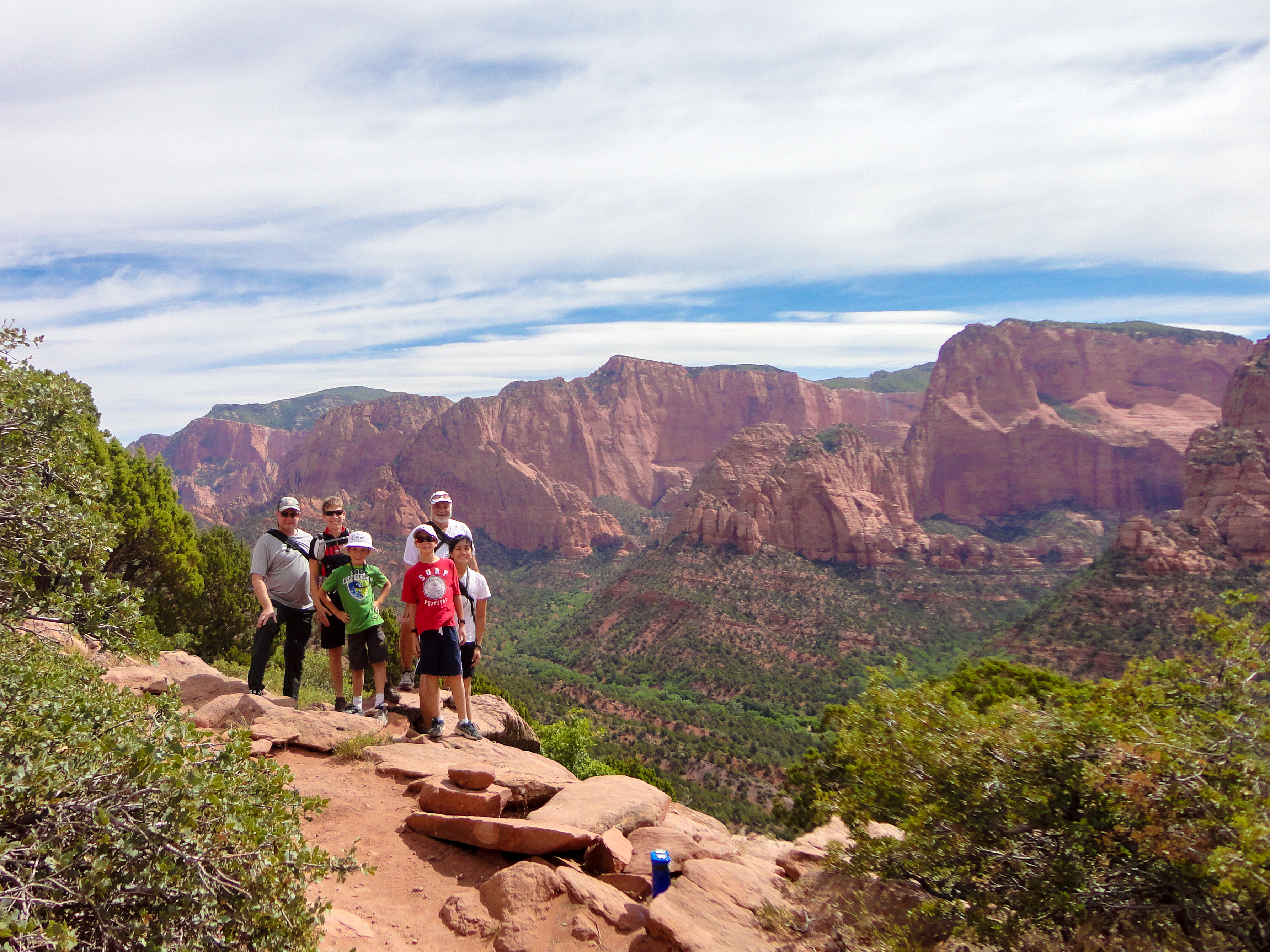












Conclusion: The Enduring Allure of Exploring the Hoodoos
The journey through Bryce Canyon, exploring the hoodoos that define its landscape, is more than a simple trek across a national park; it’s an immersive experience that connects us with the ancient forces that sculpt our planet. The hoodoos, with their towering forms and intricate shapes, stand as natural sculptures, each telling a unique story of geological evolution, resilience, and the artistry of natural forces. As we conclude our exploration of these magnificent formations, we carry with us not just memories of their striking beauty but also a deeper understanding of the natural world and our place within it.
Exploring the hoodoos of Bryce Canyon offers a unique blend of adventure, education, and reflection. Each trail and viewpoint provides a different perspective, not only of the park’s landscape but also of the intricate processes that shape our Earth. The hoodoos serve as a reminder of the dynamic nature of our planet, constantly evolving under the influence of time, weather, and human interaction. They encourage us to think about the legacy we leave for future generations, emphasizing the importance of conservation and mindful exploration.
The allure of the hoodoos extends beyond their visual beauty; it lies in their ability to inspire wonder, curiosity, and respect for the natural world. These formations challenge us to consider the slow yet relentless pace of geological time and to reflect on the fleeting nature of human existence in comparison. In the grand scheme of things, the hoodoos remind us of our smallness, urging us to tread lightly and cherish the natural wonders that grace our planet.
As we move forward from our exploration of the hoodoos, we carry with us the lessons learned from Bryce Canyon. The importance of preservation, the value of natural beauty, and the interconnectedness of all things become clearer as we reflect on our experiences among the hoodoos. These lessons extend beyond the boundaries of Bryce Canyon, influencing how we interact with the natural world wherever we may find ourselves.
The journey of exploring the hoodoos is an ongoing one, with each visit to Bryce Canyon offering new insights and perspectives. The park’s ever-changing landscape ensures that no two visits are the same, with the hoodoos continuing to evolve under the watchful eyes of time and nature. This constant change serves as an invitation to return, to witness the ongoing story of the hoodoos and to rediscover the beauty of Bryce Canyon through fresh eyes.
In conclusion, the enduring allure of exploring the hoodoos lies in their timeless beauty, their ability to connect us with the ancient past, and their role in inspiring a future where natural wonders are preserved and cherished. As we bid farewell to the hoodoos for now, we do so with a sense of gratitude for the lessons they have taught us and a commitment to ensuring that their majesty remains undiminished for generations to come. The hoodoos of Bryce Canyon stand not just as monuments of natural beauty but as beacons of inspiration, calling us to explore, learn, and protect the natural world in all its splendor.
Sidebar Content: Enhancing Your Experience Exploring the Hoodoos
When venturing into the mesmerizing landscapes of Bryce Canyon to explore the hoodoos, being well-prepared can significantly enhance your experience. This sidebar content aims to provide you with essential information and tips to make your exploration of the hoodoos not only enjoyable but also respectful of the natural environment. From the gear you should carry to fun facts that add depth to your adventure, this guide is designed to complement your journey through the hoodoos.
Alex’s Essential Gear List for Exploring Bryce Canyon
Before you set out to explore the hoodoos, having the right gear can make all the difference. Here’s a curated list of essentials:
- Sturdy Hiking Boots: The rugged terrain of Bryce Canyon demands footwear that provides support and grip.
- Layered Clothing: The park’s elevation means weather can change rapidly. Layered clothing allows you to adapt to varying temperatures.
- Water and Snacks: Staying hydrated and energized is crucial, especially during longer hikes among the hoodoos.
- Sun Protection: High altitude means stronger UV rays. A hat, sunglasses, and sunscreen are must-haves.
- Camera and Binoculars: Capturing the beauty of the hoodoos and spotting distant wildlife enhances the experience.
- Headlamp or Flashlight: If you’re exploring the hoodoos at dawn, dusk, or under the night sky, a light source is essential.
- National Park Map and Compass/GPS: While trails are well-marked, having navigational tools ensures you stay on the right path.
Hoodoo Fun Facts
Adding a layer of wonder to your exploration, here are some fascinating hoodoo facts:
- How Old Are They? Some of the hoodoos you’ll see have been standing for over 40 million years.
- Natural Sculptors: The primary forces that shape the hoodoos—water, ice, and gravity—work continuously, meaning the landscape you see today will be slightly different from what future explorers will witness.
- Ecosystem Hosts: Hoodoos provide unique microenvironments that host a variety of plant and animal life, some of which are endemic to Bryce Canyon.
Alex’s Favorite Bryce Canyon Moments
Sharing personal stories can transform a simple guide into a treasure trove of insider knowledge. Here are a few unforgettable moments:
- Sunrise at Sunrise Point: Witnessing the first rays of sunlight illuminate the hoodoos is a magical experience, highlighting the intricate details and vibrant colors of the formations.
- Stargazing Silence: The profound silence of Bryce Canyon at night, under a canopy of stars, offers a moment of deep connection with the universe.
- Encounters with Wildlife: From the majestic flight of a golden eagle to the delicate beauty of a Utah prairie dog, the park’s fauna are as captivating as its geological features.
As you set out to explore the hoodoos of Bryce Canyon, armed with the right gear, enriched by intriguing facts, and inspired by personal anecdotes, your journey through this natural wonder will be both memorable and respectful. Remember, the hoodoos are not just rock formations; they are storytellers, bearing witness to the eons and inviting us to ponder our place in the natural world. With each step, let’s tread lightly and cherish the privilege of exploring such an extraordinary landscape.










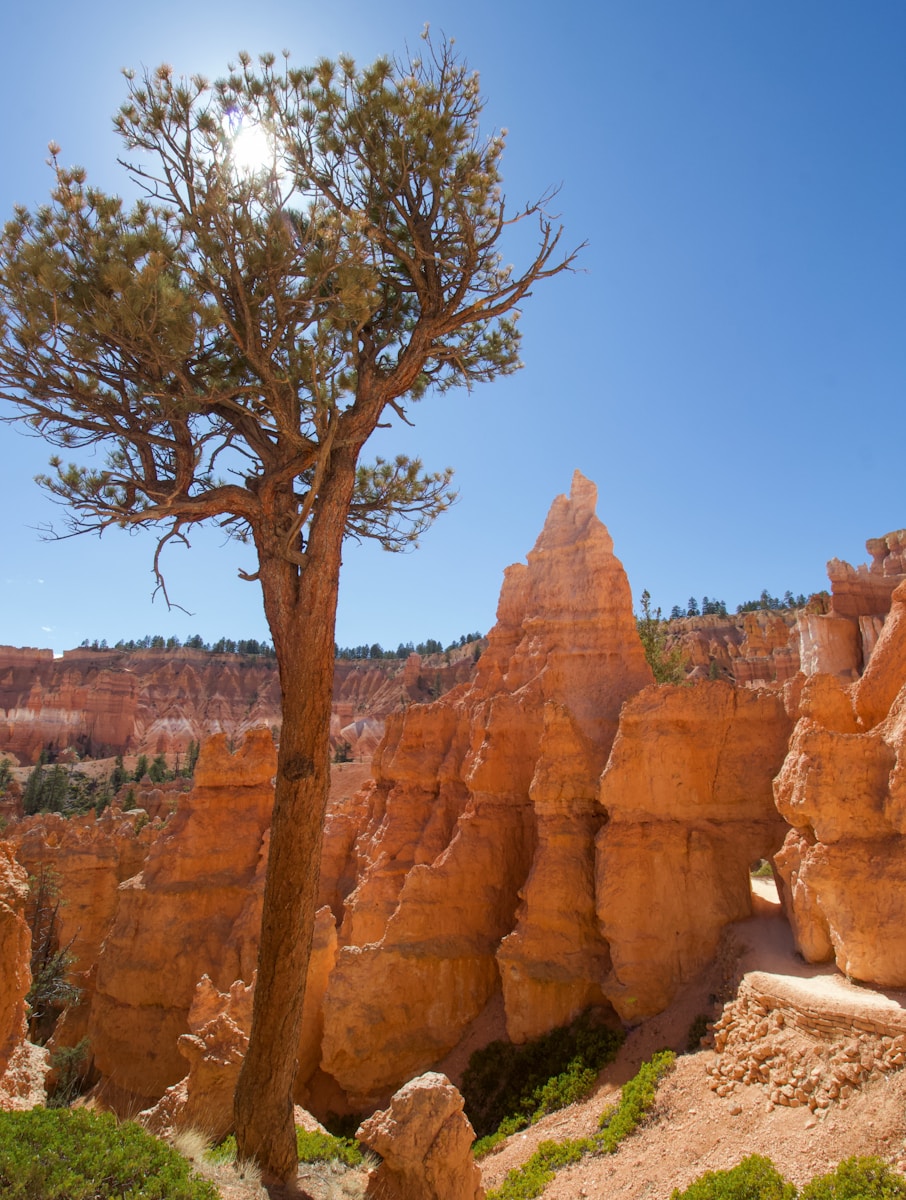
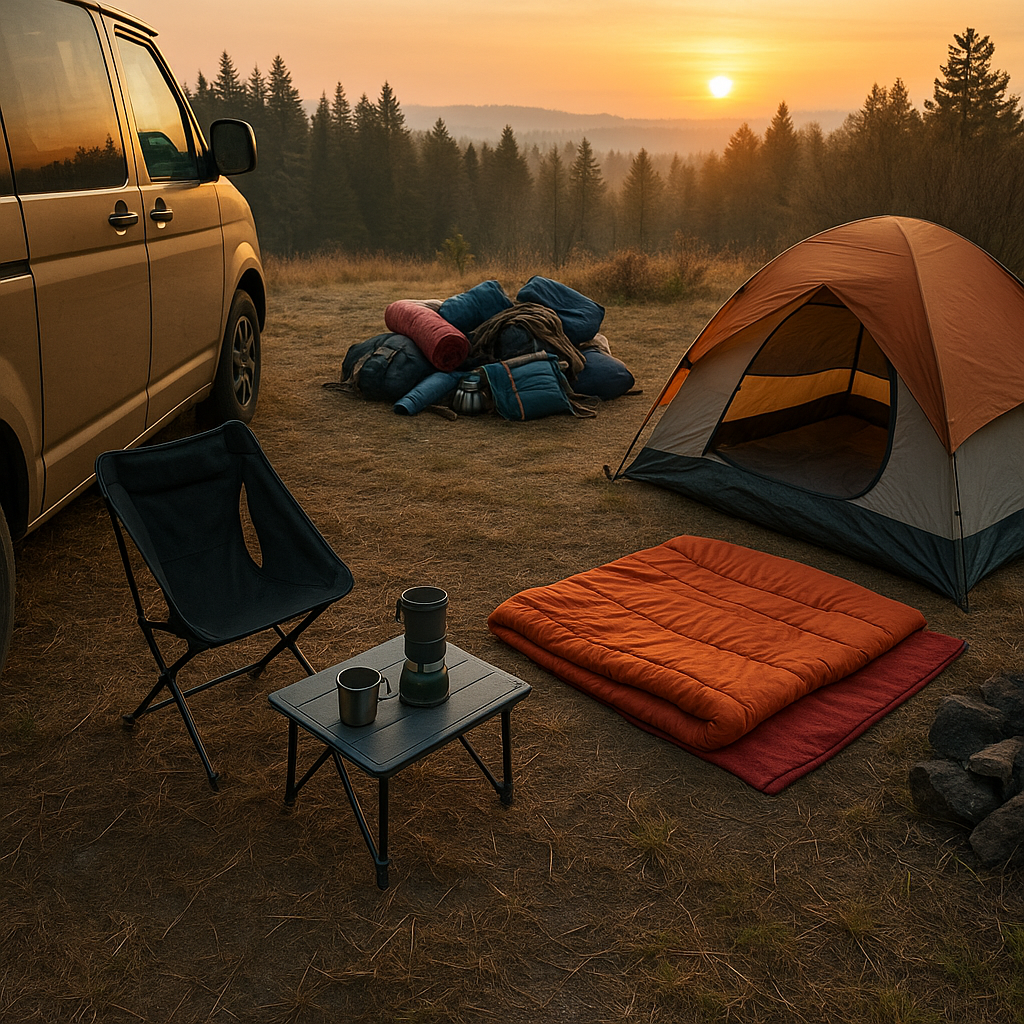

Leave a Reply